10 Tips for Improving Physical Security in Your Organization
Ensuring robust physical security is essential for safeguarding your organization's assets, employees, and confidential information from real-world threats. Physical security serves as a critical defense mechanism with multiple objectives, including deterring unauthorized access, protecting valuable intellectual property, and ensuring workplace safety.
To fortify your organization's physical security posture and complement your cybersecurity measures, follow these ten practical tips in chronological order:
1. Conduct a Comprehensive Security Assessment
Begin by conducting a thorough security assessment to identify vulnerabilities and evaluate existing security protocols. Understanding your organization's unique risks will enable you to tailor security measures effectively.
2. Develop Clear Physical Security Policies
Establish and communicate clear physical security policies outlining access controls, response procedures, and consequences for breaches. Regularly review and update these policies to adapt to evolving security needs.
3. Control and Monitor Access Points
Implement access control systems such as key cards, biometric scanners, or PIN codes to restrict entry to authorized personnel only. Regularly monitor access logs to ensure security and accountability.
4. Strengthen Perimeter Security
Enhance the physical perimeter of your organization by installing sturdy fencing, gates, and barriers. Utilize bollards to protect against vehicle-related threats. Install robust locks, deadbolts, and shatter-resistant glass on doors and windows.
5. Implement a Robust Visitor Management System
Track and monitor all visitors entering your premises. Require identification and issue visitor badges to enhance accountability and security.
6. Provide Comprehensive Employee Training
Educate employees on security protocols, how to identify suspicious activity, and the importance of reporting concerns promptly. Foster a culture of security awareness throughout your organization.
7. Safeguard Data Storage
Secure physical and digital data using locked cabinets, safes, and encryption. Protect sensitive information from unauthorized access and theft.
8. Install Effective Surveillance Systems
Deploy security cameras strategically inside and outside your facility to deter threats and provide evidentiary support if needed. Ensure cameras are well-maintained with night vision capabilities.
9. Utilize Intrusion Detection and Alarm Systems
Install reliable intrusion detection and alarm systems linked to monitoring stations or local authorities for immediate response to unauthorized access attempts.
10. Develop and Regularly Update Emergency Response Plans
Create detailed emergency response plans for fires, natural disasters, or security breaches. Conduct regular drills to ensure employees are prepared to respond effectively in emergencies.
Enhancing physical security is an ongoing effort that requires diligence and strategic planning. By implementing these practical tips, you can create a safer environment, safeguard assets, and mitigate risks effectively for your organization.
Remember, integrating physical security with cybersecurity measures provides comprehensive protection against evolving threats. Stay proactive and prioritize physical security to ensure the safety and resilience of your organization.

